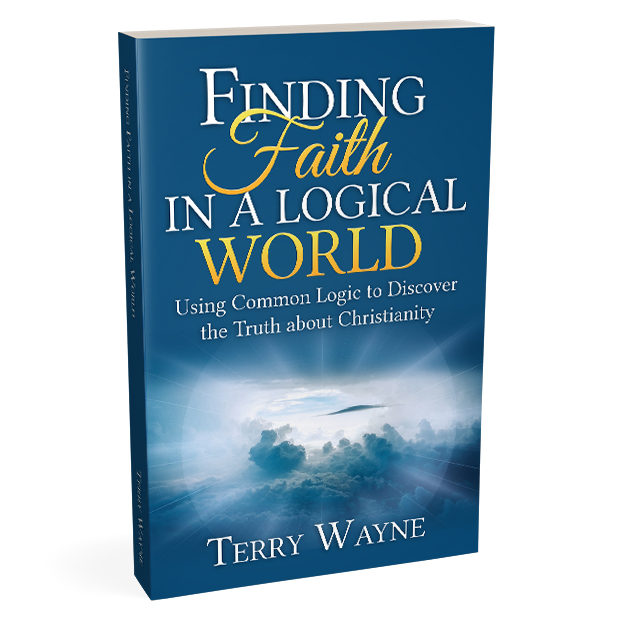 As we approach that big day, you are probably caught up in that mad scrambled to find the ideal gifts for your loved ones. In all probability, you are not thinking of the perfect gift for yourself.
As we approach that big day, you are probably caught up in that mad scrambled to find the ideal gifts for your loved ones. In all probability, you are not thinking of the perfect gift for yourself.
Perhaps you should.
Your perfect gift has already been delivered. No fancy wrapping or pretty bows – it came wrapped in swaddling clothes. That gift was the beginning of a new age for all of humanity. It was the beginning of hundreds of years of tribute to a loving God Who provided the ultimate gift.
It was also the beginning of an unending season of doubt and questions.
Those of us who embrace the title of Christian are not immune to the doubts and questions of the modern age. In fact, the more our science advances, the stronger the doubts become.
Why?
The simple truth is that the messages of the Bible are ancient. Those messages have been subject to generations of human interpretation, exaggeration, and distortion. That leaves us with lingering doubts about the accuracy of those messages because they are cloaked in the dim haze of ancient history.
What if there were contemporary messages, contemporary examples?
We invite you to gift yourself this season by discovering a contemporary resource that reinforces the fundamental message of Christianity. In these pages, you will meet a common man who might be your neighbor or co-worker. You will be witness to contemporary philosophy and small, but real-life miracles that might be what you need to strengthen your faith.
You might find hope. You might find comfort.
That resource is contained in the book that inspired the foundation of the motivational website LogicOfFaith.com. where hundreds of people have found threads of faith that they can use to weave into a tapestry of hope. Once the frantic activities of the season have passed, you can immerse yourself in a thoughtful contemplation of the meaning and value of faith.
It’s a win-win. If you gift yourself and purchase either the physical book or the Kindle edition you will help support the continuing effort to bring hope and the power of faith to those struggling with those critical questions and the burdens of life.
And, you will take your first step into the new year full of hope and peace. It could be the best gift you ever gave yourself.
Click here... to find this resource.
 We thank you in advance for your support, and wish you a blessed Christmas.
We thank you in advance for your support, and wish you a blessed Christmas.









